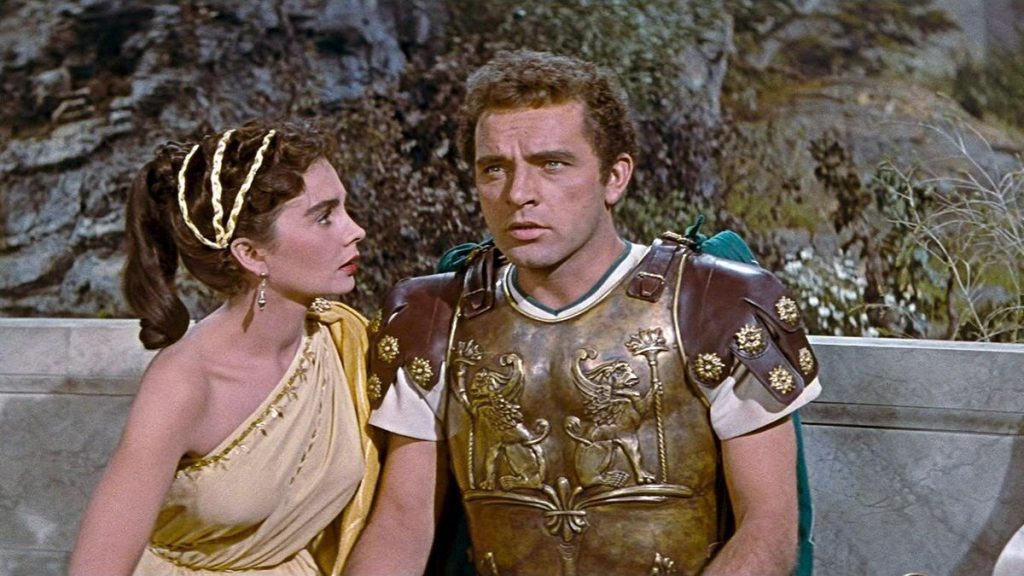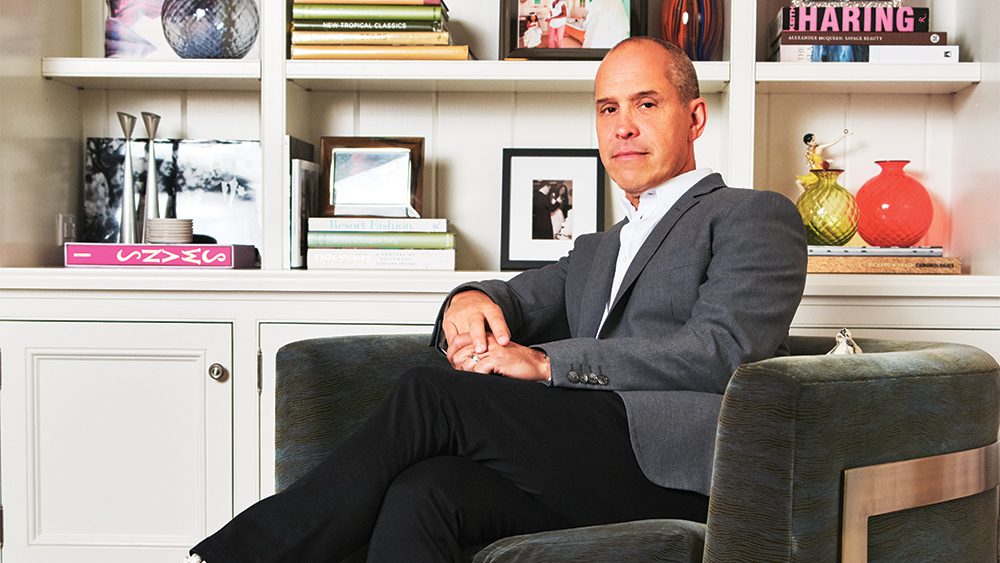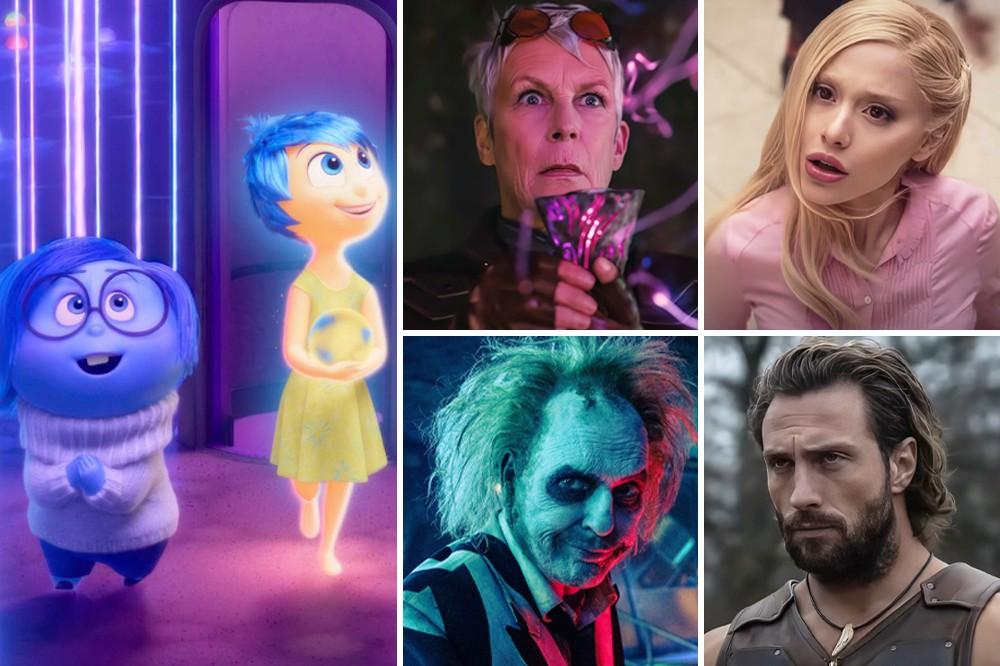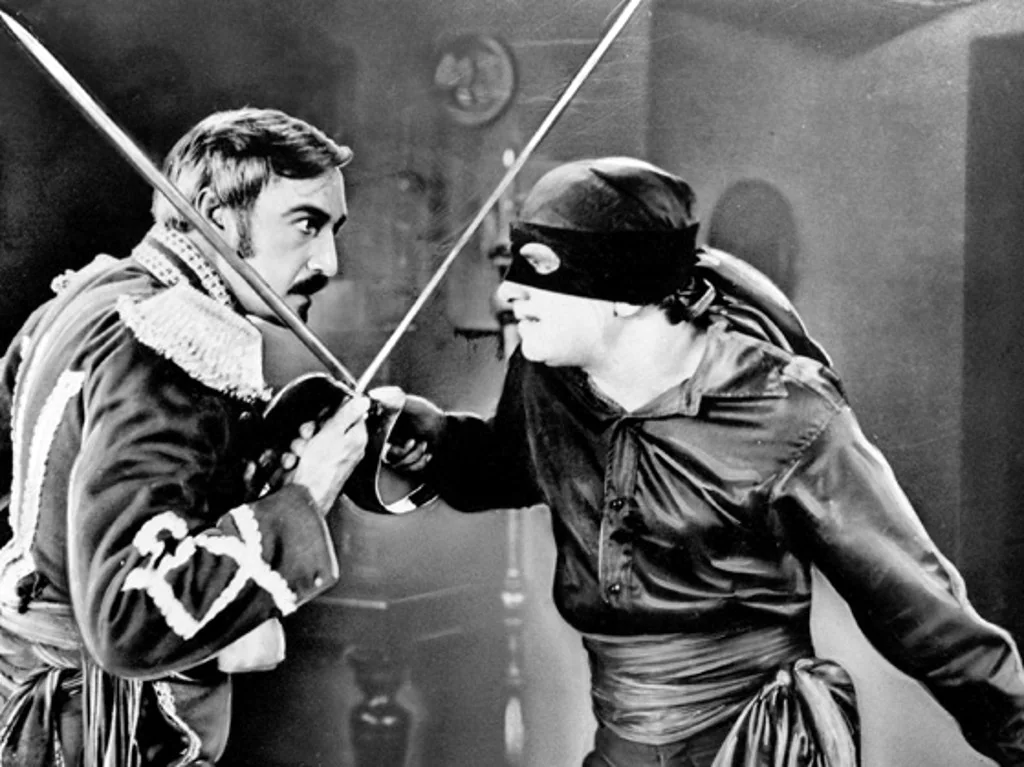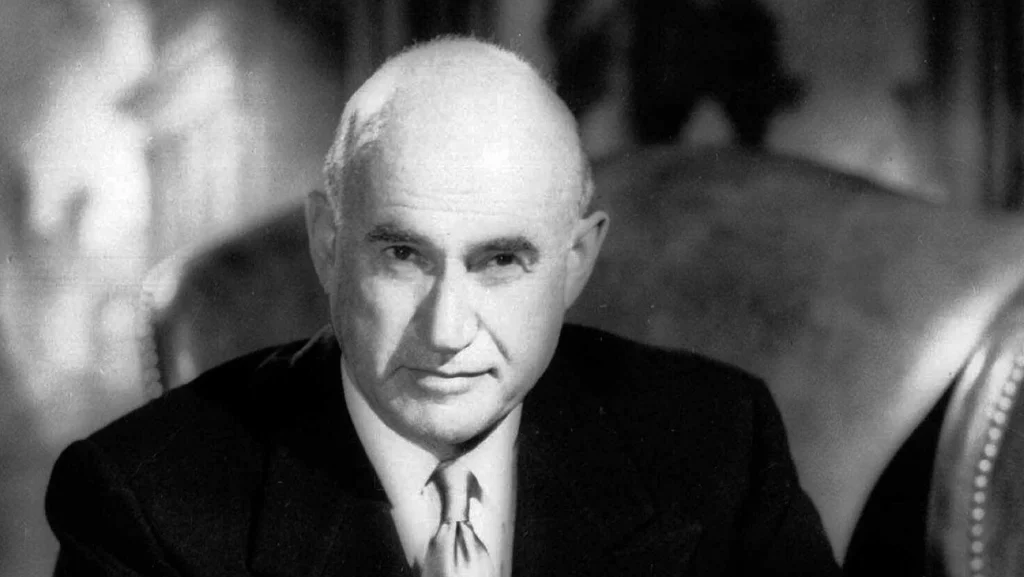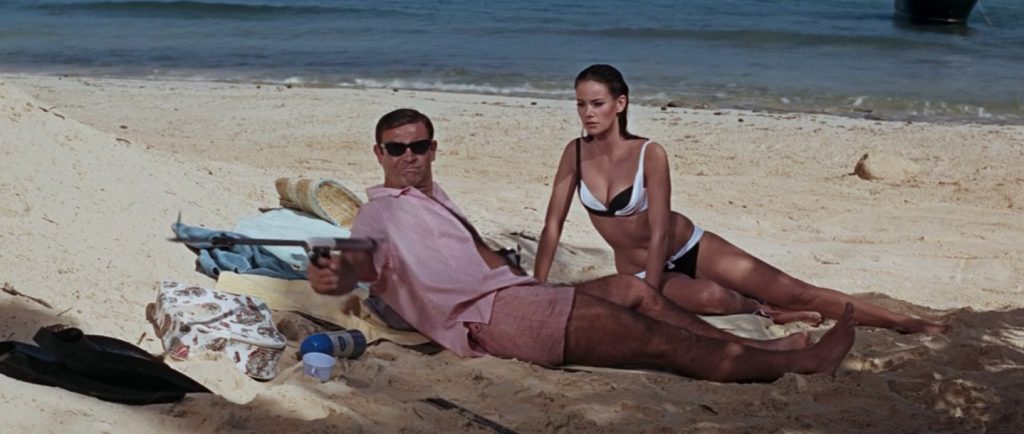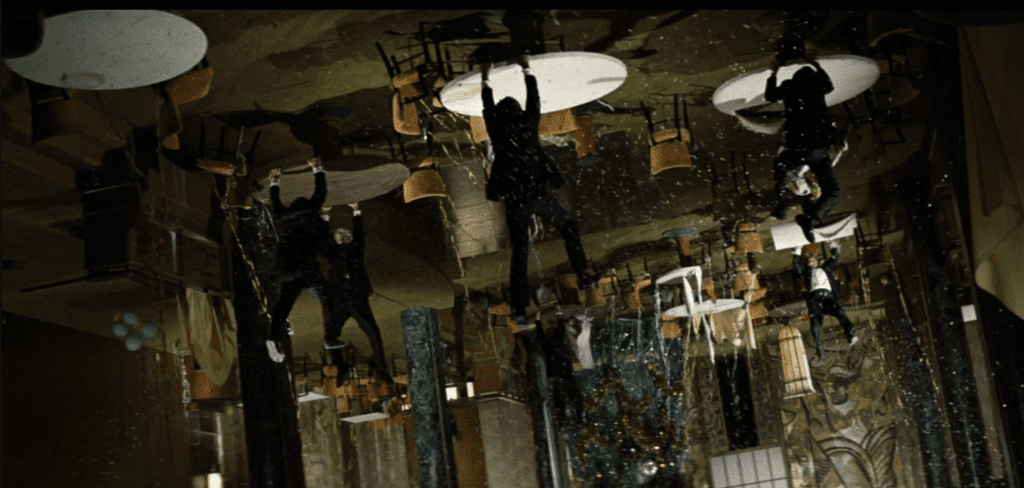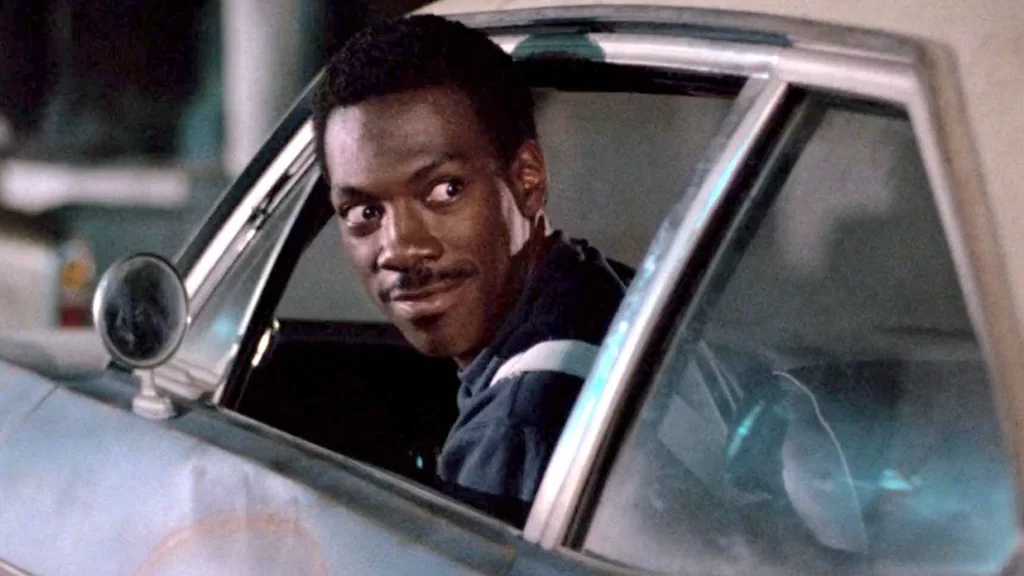The exhibition was fighting for its life when THE ROBE premiered Sept. 16, 1953, amid hopes that the new widescreen CinemaScope process would help theatres survive the onslaught of television.
Sixty-eight years ago exhibitors faced extinction because audiences could now stay home and watch content — the same threat streaming presents today. In 1953 people were addicted to shows airing on the fledgling TV networks — like I LOVE LUCY & TEXACO STAR THEATRE with Milton Berle. Unlike moviegoing, TV was free once you purchased a set. Early TV screens were small and shows were in black & white, but people didn’t care. Motion picture attendance plunged and studios needed something to bring audiences back to cinemas.
Then, as of now, the moviegoing experience was the solution. Hollywood introduced wide-screen movies with stereo sound & Technicolor. CinemaScope was based on a film process developed in 1926 by French inventor Henri Chrétien, which failed to win film industry interest. In 1952 Hollywood had seen some success attracting moviegoers with Cinerama, a widescreen process using three projectors and a huge curved screen in specially built theatres, and with 3D films requiring glasses for viewing. 20th Century Fox president Spyros Skouras asked his research department about creating a new widescreen projection system that could be inexpensively installed in existing cinemas and seen without glasses.
Fox discovered Chrétien’s patent, which had expired, and acquired his technology. Skouras gave a green light to developing what became CinemaScope. THE ROBE, a historical drama set in the Roman province of Judea during the 1st Century, starred Richard Burton, Jean Simmons & Victor Mature. Although it was the first CinemaScope film to open, it was actually the second to be filmed. The musical HOW TO MARRY A MILLIONAIRE, starring Marilyn Monroe, Betty Grable & Lauren Bacall, finished production first, but Fox wanted to launch CinemaScope with an epic.

Both movies helped bring audiences back to cinemas, prompting the development of other widescreen processes like VistaVision, 70mm Todd-AO & Panavision. But it’s CinemaScope that was memorialized by Cole Porter in his 1955 Broadway musical SILK STOCKINGS with lyrics advising, “If you wanna get the crowds to come around/ You gotta have glorious Technicolor/ Breathtaking CinemaScope and stereophonic sound.” When SILK became a 1957 MGM movie, starring Fred Astaire & Cyd Cherisse, it was, fittingly, shot in CinemaScope.
“My affection for CinemaScope initially was my affection for the horizontal line as I learned it from having been apprenticed to an architect who was someone named Frank Lloyd Wright.” – Nicholas Ray, Director


